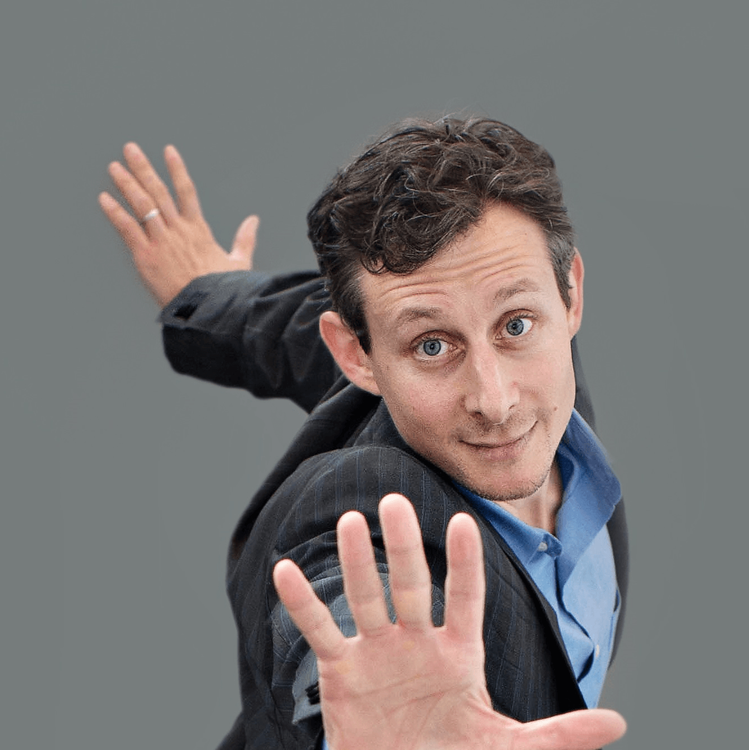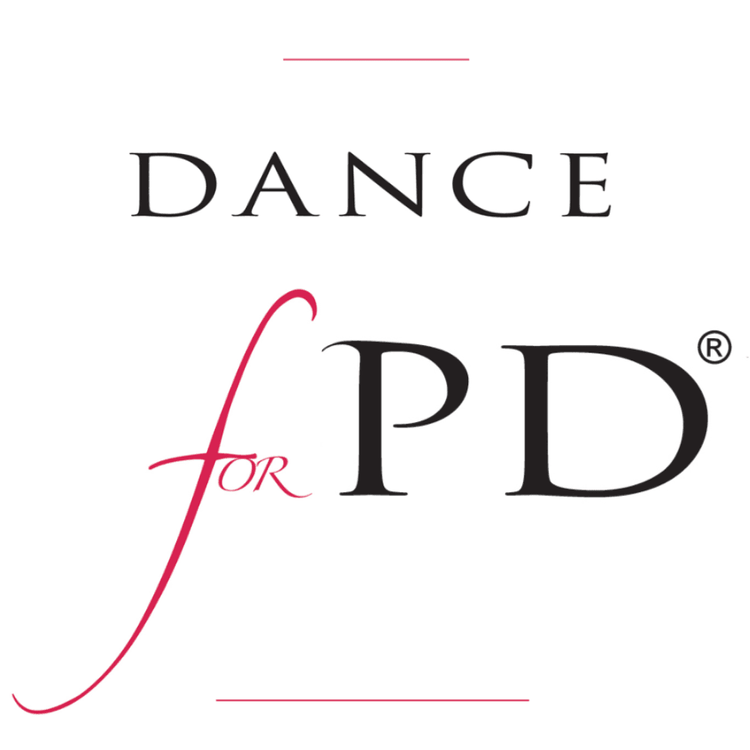Voices from the Field: David Leventhal

What first inspired you to explore the connection between the arts, health, and/or science?
In 2001, Olie Westheimer, the visionary founder of the Brooklyn Parkinson Group, approached the Mark Morris Dance Group with a simple but powerful idea: a real dance class, taught by professional dancers, for people living with Parkinson’s. At the time, I was a full-time dancer with the company. Olie wasn’t interested in therapy or symptom management. She believed that people with Parkinson’s deserved access to meaningful artistic experiences—that dance could provide something joyful, creative, and sustaining.
I had no personal connection to Parkinson’s at the time, but I was intrigued by the opportunity to teach dance in a new context. From the very first class, I saw how deeply dance could resonate for this community—not only physically, but emotionally, socially, and artistically. That experience opened a door I’ve been walking through ever since. It continues to shape my belief in the power of the arts to restore a sense of identity, agency, and connection.
In your view, what makes the arts and aesthetic experiences uniquely powerful tools for advancing health and wellbeing—and how does your work contribute to translating that potential into practice?
The arts have a unique ability to engage the whole person. Unlike interventions that focus on symptoms or deficits, the arts provide space for creativity, imagination, expression, and meaning-making. In a world where health is often framed in clinical terms, the arts remind us of our humanity.
In Dance for PD, our focus is on the artistic experience. Participants explore movement from ballet, modern, tap, folk, and improvisation—not as patients, but as dancers. They work with live music, learn repertory, and collaborate in ways that promote not only physical mobility, but cognitive engagement and emotional resilience. Over time, we see people become more fluid, more confident, and more expressive. These are outcomes that don’t always show up on clinical measures but have a profound impact on quality of life.
Our role is to ensure that these experiences are accessible, high quality, and grounded in the expertise of dance artists who understand how to teach with sensitivity, creativity, and integrity.
I would also add that Parkinson’s offers a particularly compelling context for exploring the intersection of science, medicine, and the arts. Emerging research suggests that movement and exercise may have disease-modifying effects in Parkinson’s, and dance—by combining physical, cognitive, social, and expressive elements—offers a uniquely layered experience. These interconnected benefits are increasingly reflected in a growing body of scientific literature, underscoring dance’s potential as both a meaningful practice and a powerful health intervention.
What challenges do you see in building a more cohesive and equitable neuroarts ecosystem?
One of the major challenges is access. High-quality neuroarts programs are often concentrated in urban or well-resourced areas. Many communities—especially those in rural or underserved regions—simply don’t have the infrastructure, trained personnel, or sustained funding to offer arts and health programs that are inclusive and impactful.
There’s also the issue of language and identity. As a field, we’re still defining what neuroarts encompasses, and how different disciplines—artistic, clinical, academic—can collaborate effectively while respecting each other’s contributions. This is a work in progress, and it requires deep listening, humility, and a shared commitment to equity.
Finally, we need to ensure that research efforts reflect the lived experiences of participants. Rigor and storytelling must go hand in hand if we want the field to grow in both credibility and compassion. After all, one of our ultimate goals is to mainstream neuroarts practices and ensure that millions of people have the opportunity to participate in them. While data may offer reassurance, it is often stories that inspire action—stories that help people imagine what’s possible and see themselves reflected in the experience.

What kinds of support, collaboration, or infrastructure would most help you expand and/or scale your work? What are existing resources that you have found most useful?
Sustainable growth depends on a few key ingredients: well-trained teaching artists, community partnerships, and long-term funding models that allow programs to thrive beyond their pilot phase. Our experience has taught us that deep relationships—with participants, organizations, and funders—are more impactful than rapid expansion.
We’ve been fortunate to receive support from foundations like the Laurie M. Tisch Illumination Fund, which has helped us build capacity in New York City and beyond. Our teacher training program and global network of affiliated classes have also enabled us to learn from and share knowledge across cultures and contexts, enriching the work for everyone involved.
We continue to look for collaborators who share our commitment to excellence, inclusion, and sustainability—partners in both the arts and health sectors who recognize the value of dance not only as a complement to clinical care, but as a vital part of life.
Looking ahead, what is one bold idea or hope that you have for the future of neuroarts?
My hope is that we move toward a future where neuroarts-informed practices are fully integrated into systems of care, education, and community health—not as an add-on, but as a recognized and respected component of wellbeing. If, as many neurologists say, movement is as important as medication, why aren’t people living with Parkinson’s receiving a prescription for two dance classes a week?
More specifically, I’d love to see the arts embedded in medical education. Future healthcare professionals should not only understand the clinical value of aesthetic experience, but should also experience it firsthand—through music, movement, storytelling, and visual art. These encounters help build empathy, perspective, and presence, and they would help practitioners convincingly refer patients to neuroarts experiences. The medical challenges we’ll face over the next 30 years – particularly as they relate to neurodegenerative conditions of aging – won’t be successfully addressed by a medical model alone.
I also hope we continue to prioritize the artistic integrity of this work. When people engage in creative experiences that are rigorous, collaborative, and joyful, they are reminded of their own potential—and that reminder can be transformative. Neuroarts has the power to change lives. Our job is to ensure that more people have the opportunity to experience that change.

